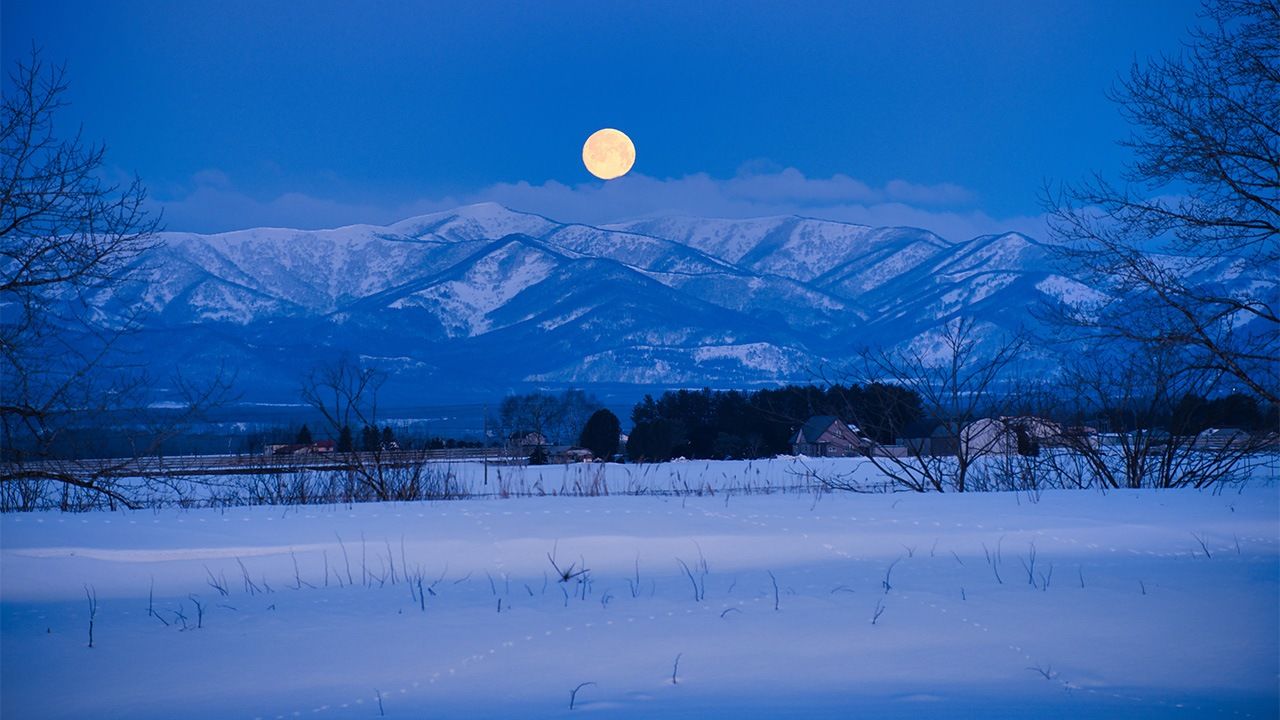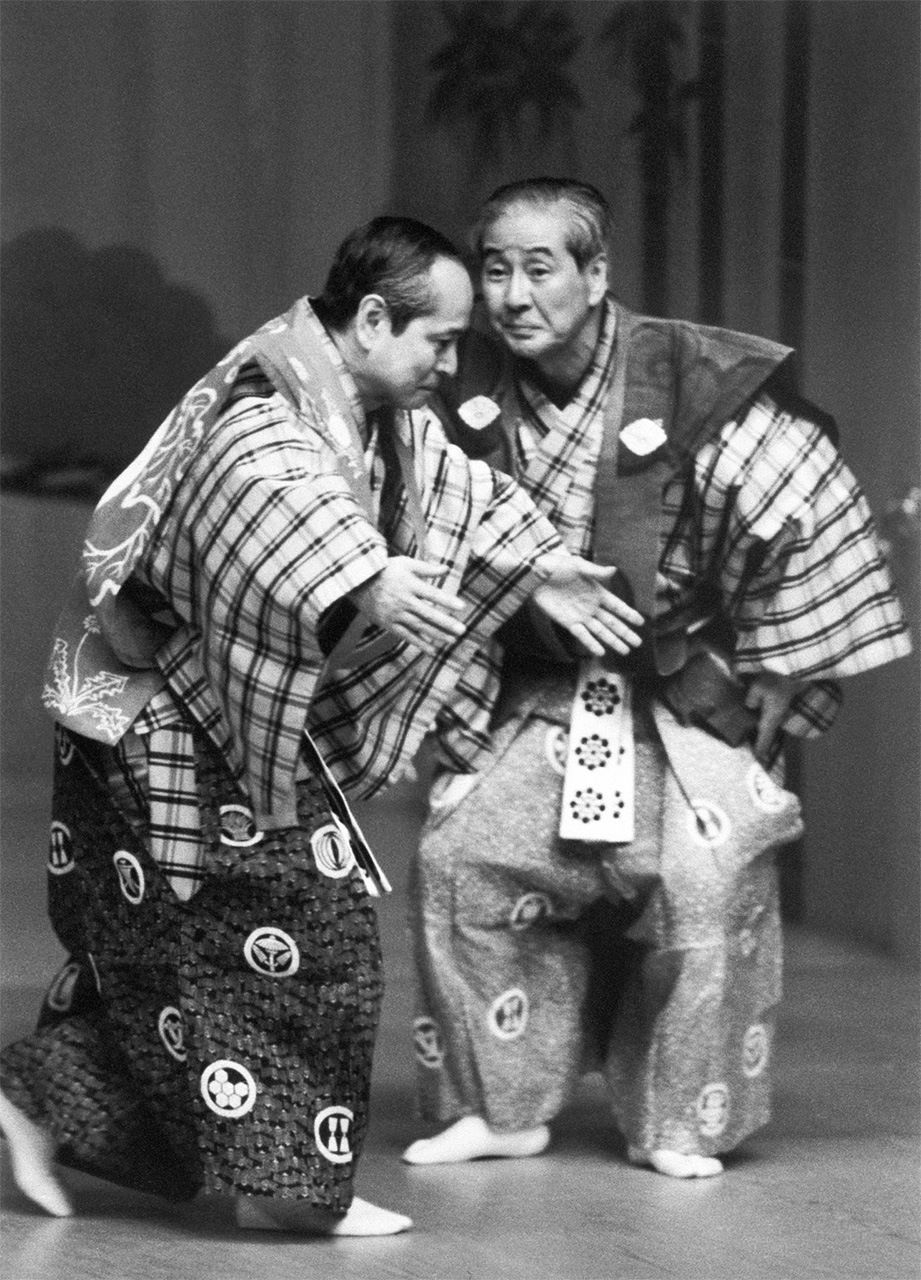
A Journey Through Japanese Haiku
A Year’s Poetic Indulgence
Culture Environment Lifestyle- English
- 日本語
- 简体字
- 繁體字
- Français
- Español
- العربية
- Русский
月雪とのさばりけらし年の暮 芭蕉
Tsuki yuki to / nosabari kerashi / toshi no kure
How I’ve pleased myself
with the moon and snow—
year’s end(Poem by Bashō, written in 1686)
From ancient times, words like setsugetsuka (literally “snow, moon, and flowers”) and kachōfūgetsu (“flowers, birds, wind, and moon”) have been used in Japan to represent poetic themes in general. Thus, Bashō’s reference to the moon and snow should be seen as including by implication further such refined topics. The verb nosabaru means “to do as one pleases,” while kerashi puts this into the past tense, with a nuance of exclamation. As a whole, the poem means, “As I look back at the end of the year, I think how I’ve done as I pleased, whether through viewing the snow or the moon, or other such elegant pursuits.”
In classical Japanese nō and kyōgen theater, the self-centered servant stock character Tarōkaja is often described as a nosamono, related to nosabaru, as he follows his own whims. Bashō may have considered that his own prioritization of poetic refinement made him a nosamono too.

The brothers Nomura Manzō and Mansaku perform together in the kyōgen work Hikuzu (Tea Chaff) at the National Noh Theater in Tokyo. (© Jiji)
Should we see Bashō as satisfied with the way he spent the year, or was he repentant? In his letters and other writings, he often expresses the feeling that the true way to live is to leave the secular world behind and devote oneself to Buddhist practices. From this perspective, “pleasing himself” takes on a self-mocking tone, and he may be regretting that he did not spend time following the path of Buddhism.
(Originally published in Japanese. Banner photo © Pixta.)